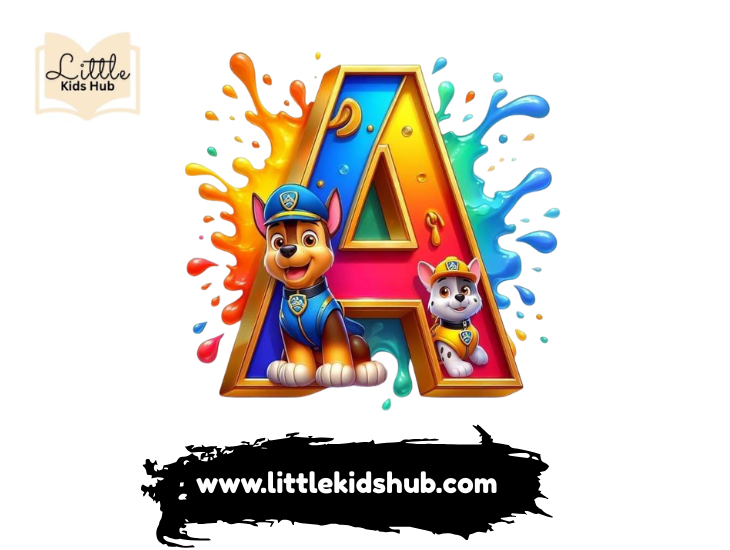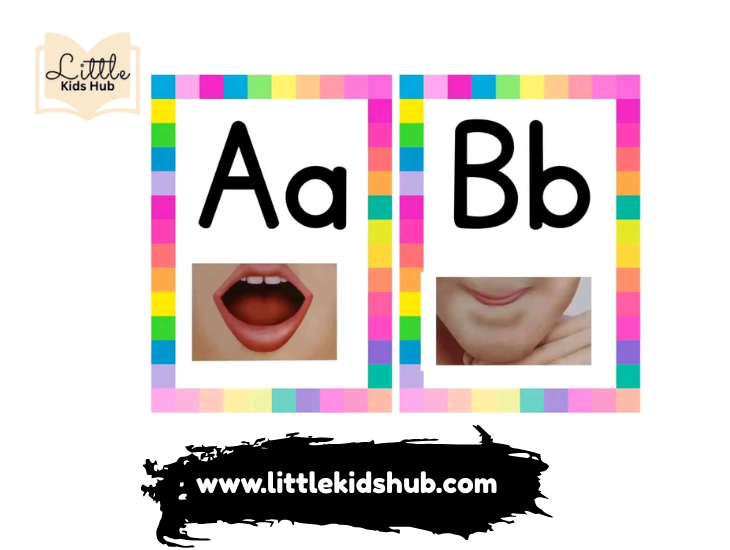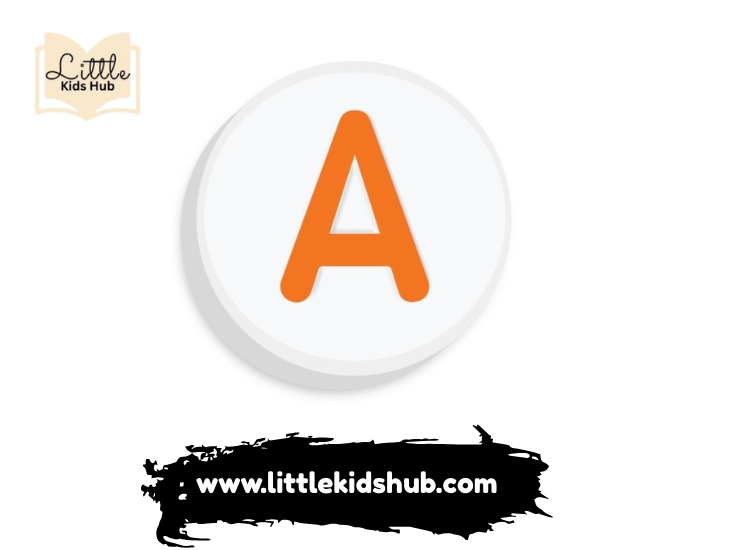Imagine a world without letters, no signs, no books, no way to convey thoughts in written form. In “Alphabets A TO Z,” we embark on an enlightening journey through the origins and development of various alphabets that have shaped civilizations. This topic is relevant for linguists and anyone curious about how language connects us all. As you read on, you’ll uncover the rich stories behind each letter and gain a newfound appreciation for the building blocks of communication.
Small Alphabets outline
The journey through the alphabet A to Z is more than just a collection of letters; it’s a tapestry of language that shapes our thoughts, cultures, and identities. Each letter carries its own weight and significance, serving as a building block for words that can inspire, comfort, or provoke action. For instance, the letter “Q” often feels like an underdog in the alphabet, but it plays a crucial role in words like “quest” and “quality,” reminding us that sometimes the most unique characters yield the richest meanings.


Introduction to Dog-Inspired Alphabets
Imagine a world where the letters of the alphabet are not just symbols but vibrant reflections of our beloved canine companions. Dog-inspired alphabets bring a playful twist to traditional letters, transforming each character into a representation of different dog breeds, behaviors, or traits. For instance, the letter “B” could embody a bounding Beagle, capturing its playful spirit, while “S” might take on the silhouette of a sleek Siberian Husky, evoking a sense of adventure and freedom. This creative approach not only enhances literacy but also fosters a deeper connection between dog lovers and the written word.


Alphabet Showing the Correct Mouth Formation for the Sound of Each Letter
Understanding the correct mouth formation for each letter of the alphabet can significantly enhance both speech clarity and reading skills. Each alphabet letter corresponds to specific articulatory movements that help produce distinct sounds. For instance, when pronouncing the letter “B,” the lips come together before releasing a burst of sound, while “S” requires a narrow channel between the tongue and the roof of the mouth, creating a hissing effect. This awareness not only aids in pronunciation but also builds a foundational understanding of phonetics, making it easier for learners to decode words as they read.


Interactive Activities with Alphabet Circles
Interactive activities with alphabet circles can transform the learning experience, making it both enjoyable and effective. By incorporating movement and creativity, children engage their senses while reinforcing letter recognition and phonetic skills. For instance, a game where kids hop from one letter to another can turn the mundane task of memorization into an exhilarating race. This not only encourages physical activity but also promotes cognitive connections as children associate letters with sounds while moving.




